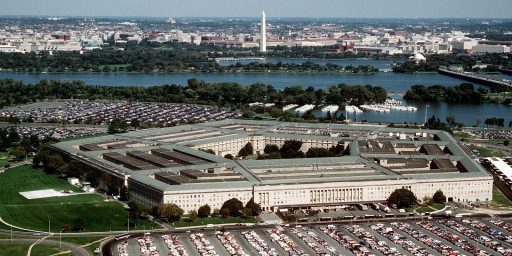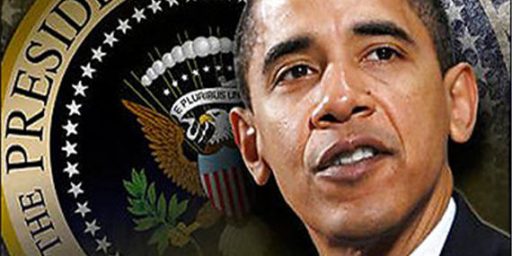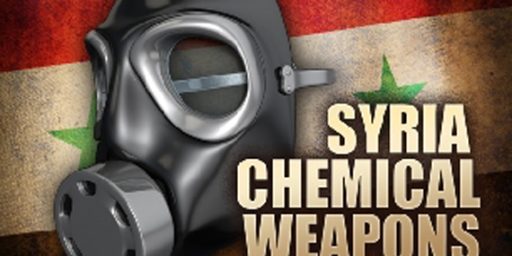U.N.: Weapons Equipment Missing in Iraq
The U.N.’s Iraq inspection team reports that long-range missiles and weapons used for making chemical and biological materials is unaccounted for.
U.N.: Weapons Equipment Missing in Iraq (AP)
U.N. satellite imagery experts have determined that material that could be used to make biological or chemical weapons and banned long-range missiles has been removed from 109 sites in Iraq, U.N. weapons inspectors said in a report obtained Thursday. U.N. inspectors have been blocked from returning to Iraq since the U.S.-led war in 2003 so they have been using satellite photos to see what happened to the sites that were subject to U.N. monitoring because their equipment had both civilian and military uses.
In the report to the U.N. Security Council, acting chief weapons inspector Demetrius Perricos said he’s reached no conclusions about who removed the items or where they went. He said it could have been moved elsewhere in Iraq, sold as scrap, melted down or purchased. He said the missing material can be used for legitimate purposes. “However, they can also be utilized for prohibited purposes if in a good state of repair.” He said imagery analysts have identified 109 sites that have been emptied of equipment to varying degrees, up from 90 reported in March.
The report also provided much more detail about the percentage of items no longer at the places where U.N. inspectors monitored them. From the imagery analysis, Perricos said analysts at the U.N. Monitoring, Verification and Inspection Commission which he heads have concluded that biological sites were less damaged than chemical and missile sites.
The commission, known as UNMOVIC, previously reported the discovery of some equipment and material from the sites in scrapyards in Jordan and the Dutch port of Rotterdam. Perricos said analysts found, for example, that 53 of the 98 vessels that could be used for a wide range of chemical reactions had disappeared. “Due to its characteristics, this equipment can be used for the production of both commercial chemicals and chemical warfare agents,” he said.
Quite bizarre. As Perricos notes, UNMOVIC is doing this via satellite imagery and without input from people on the ground who may have a perfectly good explanation for this. It would be nice to have it, though.






How could this be? Iraq DIDN’T HAVE any banned missles or equipment for making chemical and biological weapons, RIGHT?
Meanwhile you have Syria testing scuds. Conincidence? Maybe.
Just a matter of time before the lid is blown off the WMD issue. What will the Bush-haters say then?
Material has turned up in Jordan and Rotterdam. Fairly solid proof of the proliferation that was one argument in the case for war.